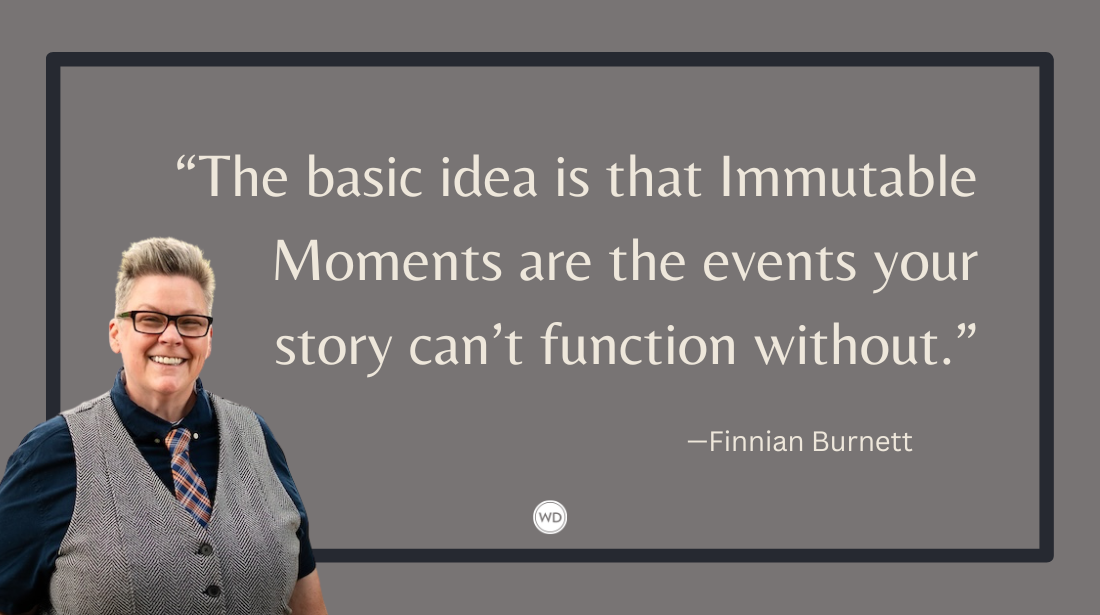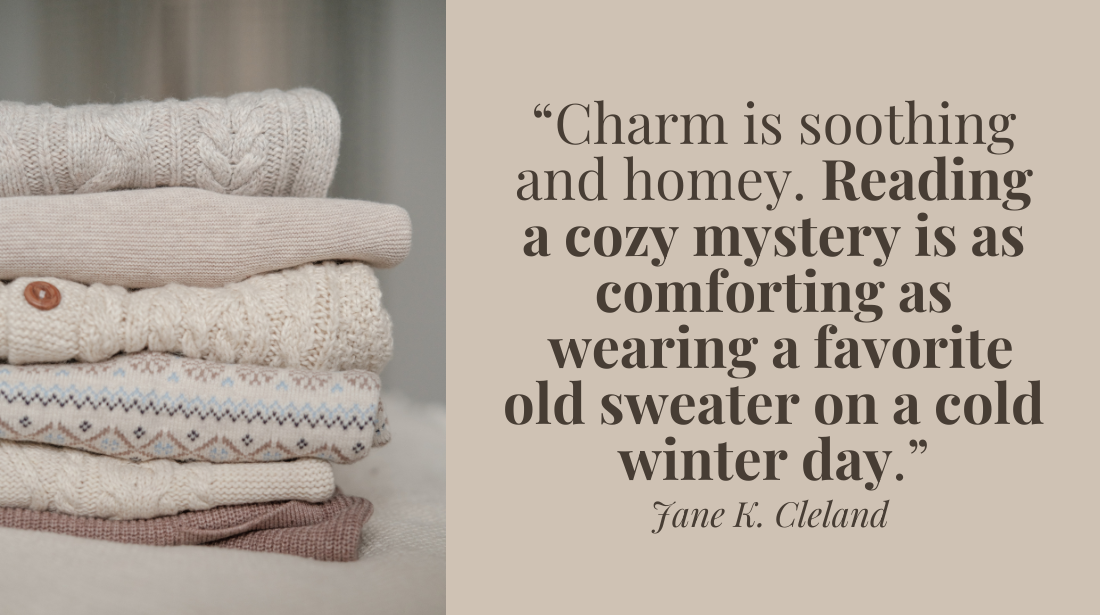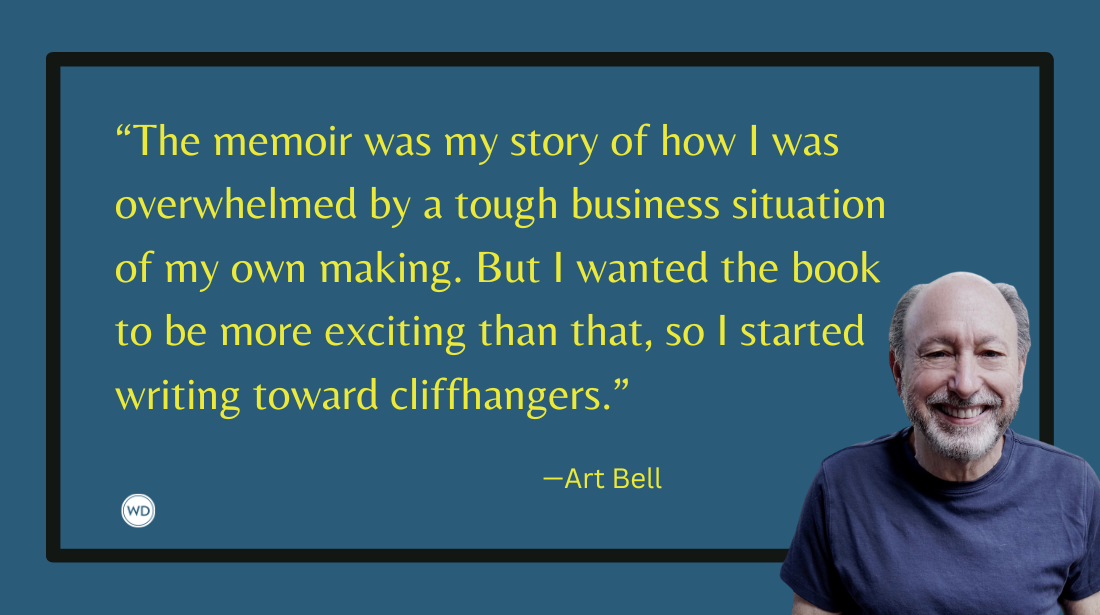From Super Spies to Small-Town Lies: How One Writer Got Her Small-Town Groove Back
After years writing romance with a globe-trotting backdrop, author Lexi Blake was tasked with shifting gears. Here, she describes writing a small-town romance and how important world-building is for all writers.
I’m best known for romantic suspense. You know the kind—secrets and danger around every corner. My heroes and heroines are usually dodging bullets when they fall in love and sometimes save the world. They travel around the globe. When I write one of those books, I’ve got the world as my playground.
So, it’s a shock to the system to shrink that world down and stay in one place. That was the assignment when my long-term editor asked if I wouldn’t consider writing a small-town contemporary romance series.
I’ve come to rely on being able to blow things up for dramatic purposes. Need some tension? Someone gets shot. Feel like things are slowing down? Let’s speed ’em up with an attack from the bad guys.
I wasn’t sure I could handle this.
Now the truth of the matter is I’ve written small-town books before. It’s where I started, but after so many years of international thriller romance, did I really want to go back to small-town love stories?
The answer was a resounding yes, and as I started writing the Butterfly Bayou series, I realized why it’s so different—and very challenging. When I write suspense I stay in the real world—meaning I use real places. Real cities. Real sites. I do as much research as possible to bring the reader into Paris or London or a beach in India.
When you write a small-town romance, the first thing you have to do is create that small town. In a suspense novel, setting is important. In a small-town romance, the town becomes a character—in many ways the central character.
I’ve always thought that world-building is relatively similar across genres. I know—I’ve had many a sci-fi or fantasy writer tell me I’m crazy, but I really believe that all writers should take the same care in crafting the world their characters move through. Even in a contemporary novel, you’re building a world.
You might not create an alien language the way you would when writing science fiction or need a map to remember where your kingdoms are when in fantasy, but small towns have their own unique languages. They have their own minor kingdoms, complete with all characters from royalty to the scrappy worker determined to change society for the better. And villains.
Small towns have unique villains who might not plan on world domination, but who can wreck the world with their carefully thought-out cruelty. Putting time and effort into creating a town that is both unique and yet reflective of the society around it is important.
I set the Butterfly Bayou series in Southern Louisiana because it’s a place I know well and a society many readers find interesting. There’s a rich history that translates to a diverse palette with which to paint. There’s a rhythm to the language. Dialogue is important, and having the characters truly sound like they come from this part of the south enhances the reader experience. From the food served at mealtimes, to the historical reasons for the use of the color haint blue on porches, the real world can inform and inspire the fictional world.
The characters in my suspense series typically have their choice of where to go and what to do. The options for where to eat in a city like Dallas are endless. Papillon has three restaurants. Where I likely wouldn’t take too much time describing an elegant eatery that will be used as a dead drop between spies, Papillon’s cafes and diners have their own unique place in the series. They appear often and serve as the setting for all kinds of family drama. The spaces themselves become precious to me, and I can close my eyes and smell the gumbo cooking at Guidry’s or the chicken fried steak they serve at the Fillin’ Station.
So, I found myself sinking into this small town I’d created and not getting at all bored exchanging intrigue for family drama. At the heart of all romance is the connection between the characters, whether they’re fighting an evil corporation out to take over the world or trying to figure out if two lawyers can make a go of it despite the fact that their families are wildly different. I thought I would struggle to find that drama, but it’s always there, bubbling under the surface, waiting to be uncovered.
I still managed to create a supervillain though. His name is Brian. He’s a raccoon who steals cell phones. Turns out I couldn’t leave it all behind.
New York Times bestselling author Lexi Blake lives in North Texas with her husband and three kids. Since starting her publishing journey in 2010, she’s sold over three million copies of her books. She began writing at a young age, concentrating on plays and journalism. It wasn’t until she started writing romance that she found success. She likes to find humor in the strangest places and believes in happy endings.
Connect with Lexi online at LexiBlake.net, or on Facebook, Instagram, Twitter, Pinterest, and TikTok.








